Principles of reversing a car you must know
(Baonghean.vn) - Reversing a car is considered one of the important skills, because if you do not know how to reverse, the danger level for the driver and other people on the road is very high. So how to reverse a car safely?... Below are some notes when the car is not equipped with features to support reversing.
1.The driver's posture must be appropriate,Adjust the mirrors for best visibility, minimizing blind spots.When reversing; Mirrors must be bright and clean.
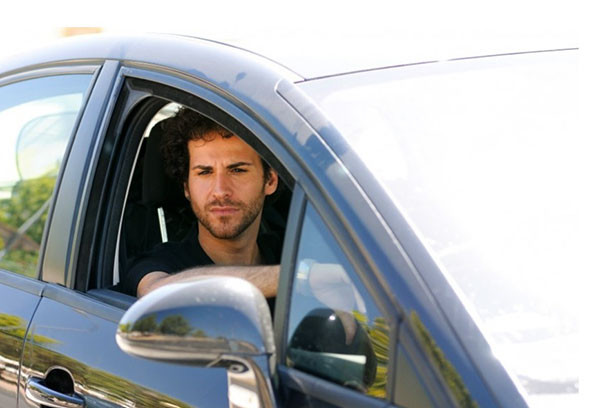 |
2.In case of straight backing, easy backing, backing into a familiar position, good light and weather, then you only need tolook in the mirror or over your shoulder, depending on your personal habits.
3.When backing into a strange position, difficult backing, backing in a zigzag pattern, or in unfavorable light or weather,You should combine looking in 3 mirrors with looking over your shoulder to the right or left;Leaning over and reaching towards the mirror will help you see more clearly. It is necessary to adjust the mirror down to see low positions, especially when you have to back up close to one side; you may even have to stick your head out the door to watch.
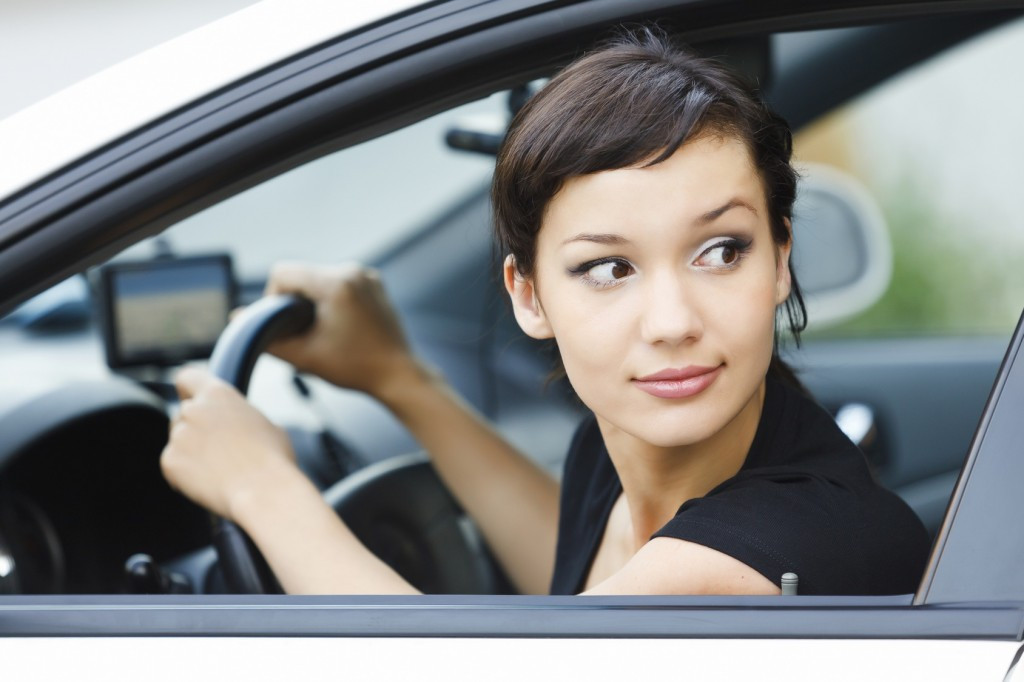 |
4.In low light conditions, strange environments, having to back into difficult positionsIt would be better to wait, get out of the car, observe and come up with a plan.. It's raining heavily, accept getting wet, get out of the car and observe if necessary.
5. Get into the habit of observing from a distance and then moving closer to eliminate blind spots when reversing.Easily detect mounds of earth, deep holes, markers, tree pots, children, and livestock from a distance, thereby having a reasonable treatment plan.
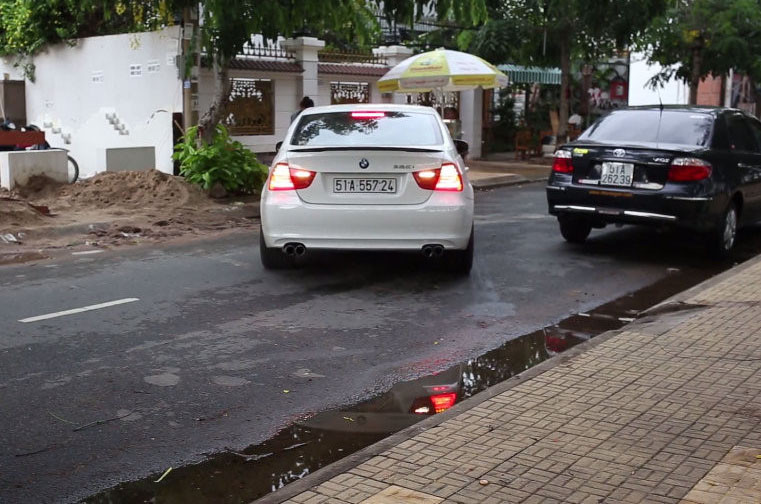 |
6. Back "stick to the belly" - whichever side you back to, stick to that side more;When reversing, pay attention to the front of the car to avoid rubbing it because when reversing in a curve, the front of the car tends to tilt out in the opposite direction of the car reversing.
7. Use fixed points in the nearby space to determine the vehicle's direction, position, and to align the vehicle and the stopping position.Get into the habit of creating a sense of position and relative distance by using the lower edge of the rear windshield as a point of comparison. When driving on the street, you need to pull over, from the driver's position, looking through the lower edge of the front windshield, you will see the intersection with the sidewalk.
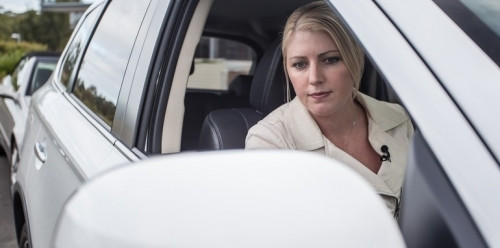 |
8.When backing up or moving into a wall, bush, gate or garage... you shouldTurn on the low beams, because the light reflected from the lights on objects will help estimate safe distances.The smaller and brighter the light, the closer the car gets to the obstacle. With the method of using lights, if the driver has a good feeling, he can get very close to the obstacle with a distance of centimeters.
9.In case of parking on a riverbank or pond bank, the parking position requires reversing perpendicular to the length of the river or pond bank, but the driver is not familiar with the feeling of the accelerator pedal due to the rough and bumpy surface and feels a lack of confidence because if he accidentally steps on the accelerator, the car may fall into the river, then he shouldBack up slowly, combine the brake, accelerator, handbrake and clutch if the vehicle is manual. Before leaving the vehicle, remember to shift the gear lever to P and pull the handbrake.
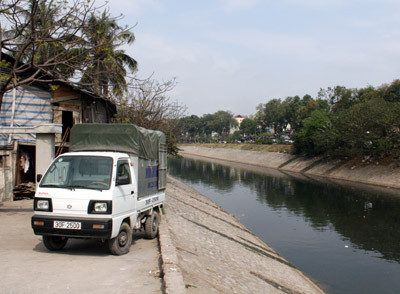 |
10.When reversing, maneuvering in tight spaces,One-handed steering skills are essential.Practice parking situations, including parallel and parallel parking.
